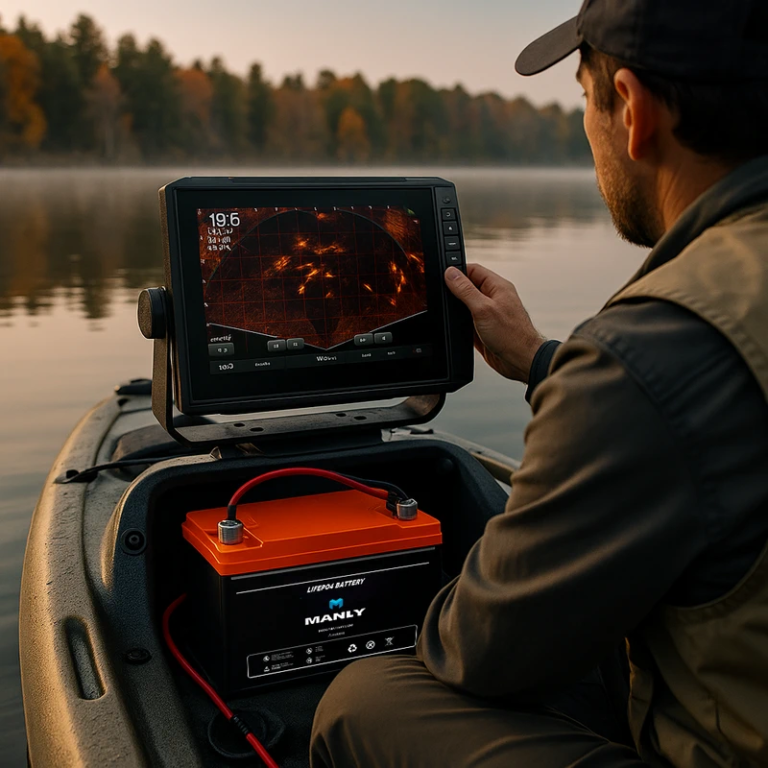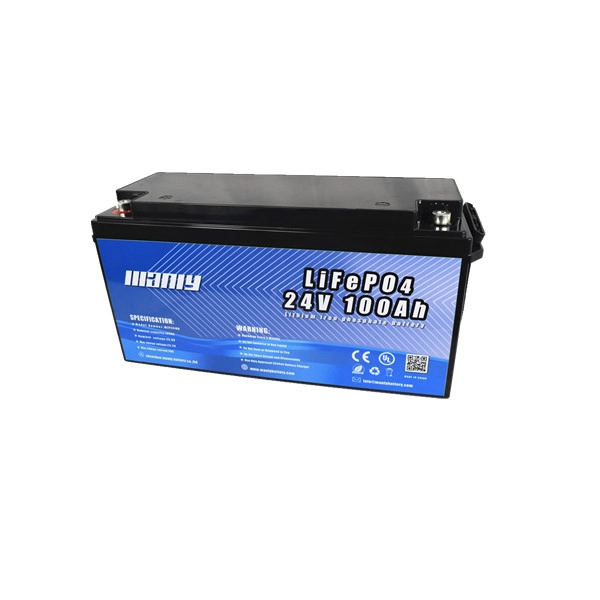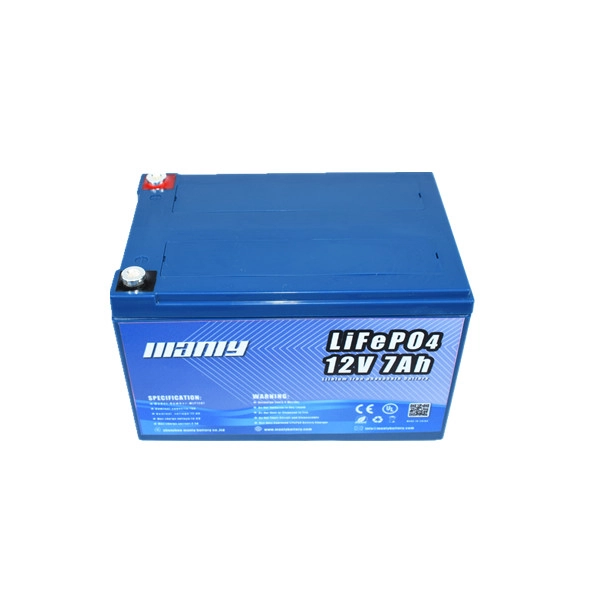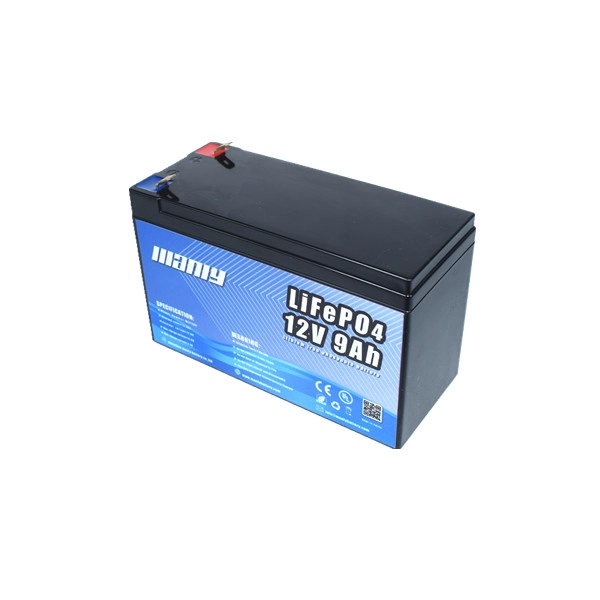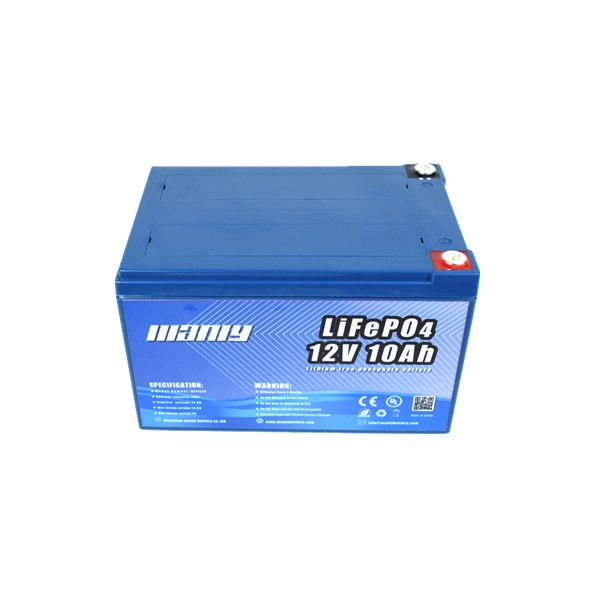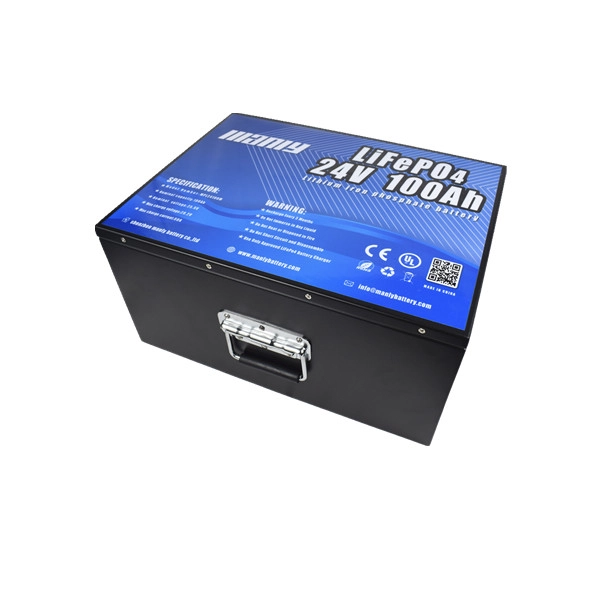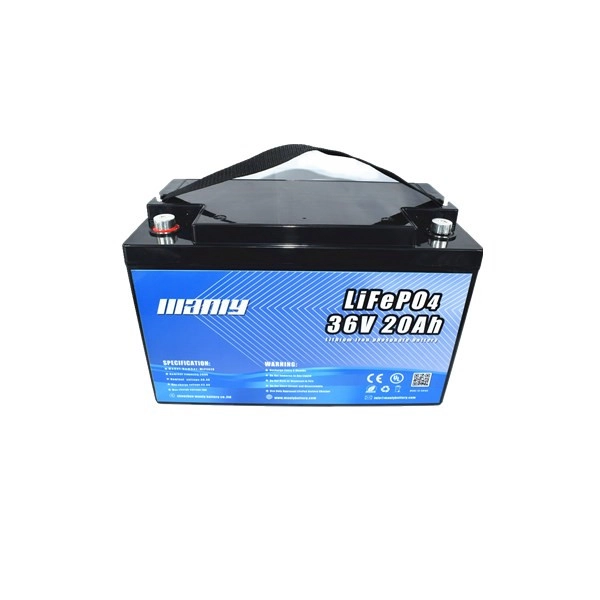Qual é o inversor máximo para bateria de 100Ah?
Índice
- Qual é o inversor máximo para bateria de 100Ah?
When it comes to using a Bateria de lítio 100Ah with a 1000 watt inverter, understanding the compatibility and practical applications is key. An electric inverter converts DC power from a battery into AC power, making it possible to run household appliances and electronic devices. This process is crucial for various scenarios, such as camping, emergency power backup, and off-grid living. By diving into how these inverters work and their limitations, we can better grasp how to effectively use a 100Ah lithium battery with a 1000 watt inverter.
Inverter Size Calculator
Inverter Size Calculator: How to Use and Interpret
When considering the compatibility of a 100Ah lithium battery with a 1000W inverter, the Inverter Size Calculator becomes a crucial tool. It’s designed to accurately assess your system’s needs, helping you determine the maximum inverter size your 100Ah battery can handle. This is based on your battery voltage, inverter efficiency, and power factor, ensuring you don’t overload your battery.
What Can You Calculate with This Tool?
-
Maximum Inverter Size: Input the battery voltage, inverter efficiency, battery capacity, and power factor, and the calculator will give you the maximum inverter size that your battery can support. This ensures you use an inverter that matches your battery’s capabilities and avoids overloading it.
-
Ensure Compatibility: For those unsure about what inverter to choose for their setup, this versatile calculator offers an easy way to determine whether your current 100Ah battery is sufficient or needs a larger inverter. You can optimize your energy use by adjusting the values based on your unique battery setup, ensuring that the calculator caters to your specific needs.
Como funciona
-
Battery Voltage (V): Enter your battery’s voltage (e.g., 12V, 24V). The calculator uses this to determine the total energy available from your battery.
-
Inverter Efficiency (%): Your inverter’s efficiency rate indicates how much energy is actually used for powering your devices after conversion losses. Typically, this is around 80-95%. Inputting this ensures a more realistic calculation.
-
Battery Capacity (Ah): The default is 100Ah, but you can change this value based on your battery capacity. This value represents how much energy your battery can store.
-
Power Factor: This is important when considering AC loads. It accounts for how efficiently the inverter supplies power to the connected appliances. For most devices, a power factor of 1.0 is standard.
Once these values are entered, the calculator will determine the maximum inverter size based on the available energy and efficiency. This ensures you avoid selecting an inverter that exceeds your battery’s capabilities.
For further assistance and detailed information, please visit our website and contact our expert customer service at MANLY Battery Contact Us.
Compreendendo os princípios básicos do inversor
1. Explique o que é um inversor elétrico e sua função
An electric inverter is a device that converts direct current (DC) into alternating current (AC). This is important because many household appliances and electronic devices run on AC power. The purpose of a power inverter is to make it possible to use these devices with a DC power source, such as a battery or solar panel.
Inverters use a combination of electronic components to change the flow of electricity. They take the DC power, usually from a battery, and use it to create AC power. This AC power can then be used to run various devices like TVs, computers, and even kitchen appliances. The main parts of an inverter include the inverter bridge, control logic, and filtering circuit.
For example, if you have a 12V battery, the inverter can convert this 12V DC into 120V AC, the standard voltage for household outlets in the United States. This allows you to use your battery to power devices typically plugged into an AC outlet.
In electrical terms, an inverter is a device that changes direct current (DC) to alternating current (AC). This conversion process involves an alternating current inverter system that utilizes several key components, including the inverter bridge, control logic, and filtering circuit.
2. Breve visão geral dos diferentes tipos de inversores de energia para residências
There are several inversores de energia para residências, cada um projetado para diferentes aplicações e necessidades. Aqui estão alguns tipos comuns:
- Inversores de Onda Senoidal Pura: fornecem uma onda de eletricidade suave e consistente, semelhante à que você obtém da rede elétrica. Eles são ideais para eletrônicos sensíveis, como computadores e equipamentos médicos.
- Inversores de Onda Senoidal Modificados: São mais simples e baratos que os inversores de onda senoidal pura, mas produzem uma onda elétrica menos suave. Eles são adequados para dispositivos menos sensíveis, como ferramentas elétricas e eletrodomésticos.
- Inversores Grid-Tie: These solar power systems are designed to feed electricity back into the grid. They help reduce electricity bills by allowing homeowners to use solar power during the day and grid power at night.
- Inversores Portáteis: These are small, lightweight inverters that can be used for camping, in cars, or emergencies. They are perfect for charging small devices like phones and laptops.
- Inversores Híbridos: These inverters can work as standalone and grid-tie inverters. They are versatile and can be used in various applications, including solar power systems.
A power inverter allows the use of a wide range of devices with different power needs, whether you are at home, on the road, or off the grid. Understanding the various types of inverters and their uses can help you choose the right one for your needs.
For instance, a 1000 watt inverter is a versatile choice for many home applications. It can power several household devices, such as a TV or a small refrigerator, as long as the total power consumption does not exceed 1000 watts. This makes it a practical choice for a wide range of needs.
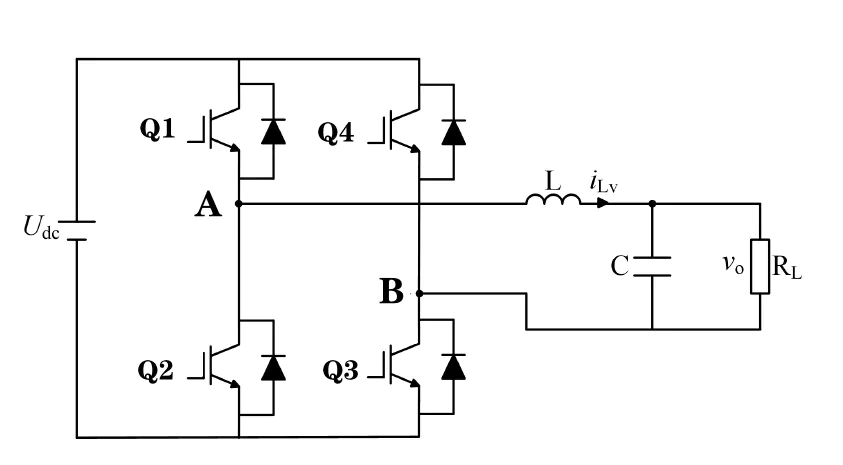
Componentes de um inversor
The main components of an inverter play crucial roles in its operation. These include the DC input, which is the battery or solar panel; the inverter bridge that switches the DC to AC; and the output, where the AC power is supplied to the devices. The control logic ensures that the inverter operates efficiently, and the circuito de filtragem smooths out the AC output to make it usable for all devices.
Como funciona um inversor AC
An Inversor CA converts the battery’s DC power into a high-frequency AC signal. This signal is then transformed into the desired voltage using a transformer. Finally, the high-frequency AC is converted back to a lower-frequency AC that matches the household power grid, usually 60Hz, in the United States. This process ensures that the output from the inverter is compatible with standard household appliances.
Aplicações do inversor
Inverters are used in many applications, including solar power systems, which convert the DC power from solar panels into AC power for home use. They are also used in off-grid systems to provide power in remote locations and emergency power systems to provide backup power during outages. Electricity inverters are also standard in RVs and boats to provide power for appliances and electronics while on the move.
In conclusion, an electric inverter is crucial for converting DC to AC power, making it possible to use various electronic devices with different power sources. Many inverters are available, each suited for other applications, ensuring you can find the right inverter for your needs. Understanding the basics of how inverters work and the types available can help you decide when to choose the right inverter for your specific needs.
Uma bateria de lítio de 100Ah funcionará com um inversor de 1000W?
Understanding whether a 100Ah lithium battery can run a 1000 watt inverter requires examining the compatibility and practical scenarios where this setup is adequate.
1. Compatibilidade de uma bateria de lítio de 100Ah com um inversor de 1000 Watts
To determine if a 100Ah lithium battery can power a 1000 watt inverter, we must understand the relationship between the battery’s capacity, voltage, and power demand. A 100Ah lithium battery provides 100 ampere-hours of current. If the battery voltage is 12V, the total energy capacity is:
12V×100UMAh=1200qu
A Inversor de 1000 watts precisa de 1000 watts of power per hour. To find out how long the battery can power the inverter, we divide the battery’s total energy by the inverter’s power demand:
1200qu÷1000W=1.2horas
This theoretical calculation shows that the battery can run the inverter for about 1.2 hours, but this is under ideal conditions. Factors such as inverter efficiency and battery discharge rates can affect this duration in real-world scenarios.
A eficiência do inversor normalmente varia de 70% a 90%. Se assumirmos uma eficiência de 80%, a energia real utilizável da bateria seria:
1200qu×0.8=960qu
Então, o tempo de execução prático seria:
960qu÷1000W=0.96horas
Assim, com um inversor com eficiência de 80%, uma bateria de lítio de 100Ah pode operar um inversor de 1.000 watts por aproximadamente 0,96 horas, ou pouco menos de 1 hora.
2. Exemplos e cenários
Vejamos alguns exemplos práticos onde esta configuração pode ser usada de forma eficaz:
- Acampar ou atividades ao ar livre: If you’re using the battery to power lights, small kitchen appliances, or charging devices, the short run time might be sufficient. For instance, running a 1000W electric grill or a coffee maker for short periods can be pretty convenient.
- Energia de emergência: In a power outage, a 100Ah lithium battery connected to a 1000 watt inverter can keep essential devices running. You could power a few lights, charge phones, or even briefly run a small refrigerator.
Por exemplo, num cenário de emergência, poderá ser necessário alimentar vários dispositivos simultaneamente. Vamos supor o seguinte:
- Luzes LED: 100W
- Computador portátil: 50W
- Carregador de telefone: 10W
A demanda total de energia é:
100W+50W+10W=160W
Utilizando os cálculos anteriores, com a energia utilizável de 960Wh:
960qu÷160W=6horas
In this scenario, your 100Ah lithium battery could power these devices for about 6 hours. This setup is convenient for short-term use during power outages.
Concluindo, embora uma bateria de lítio de 100Ah possa alimentar um inversor de 1000 watts, a duração é limitada a menos de uma hora em condições realistas. Esta configuração é mais eficaz para usos de curto prazo ou de emergência. Ao planejar usar tal configuração, é crucial levar em conta a eficiência do inversor e as necessidades reais de energia dos seus dispositivos para garantir um desempenho confiável.
Posso operar um inversor de 2.000 W com uma bateria de 100Ah?
1. Examine a viabilidade de usar um inversor de 2.000 W com uma bateria de lítio de 100Ah
We must first examine the power requirements and capacity to understand if a 100Ah lithium battery can power a 2000W inverter. A 100Ah lithium battery at 12V provides:
12V×100UMAh=1200qu
Um inversor de 2.000 W exige 2.000 watts de potência por hora. Para saber quanto tempo a bateria consegue fazer o inversor funcionar, dividimos a energia total da bateria pela demanda de energia do inversor:
1200qu÷2000W=0.6horas
This theoretical calculation shows the battery can run the inverter for about 0.6 hours, or approximately 36 minutes. However, this is under ideal conditions. Real-world factors like inverter efficiency and battery discharge rates will impact this duration.
A eficiência do inversor normalmente varia de 70% a 90%. Assumindo uma eficiência de 80%, a energia real utilizável da bateria seria:
1200qu×0.8=960qu
Então, o tempo de execução prático seria:
960qu÷2000W=0.48horas
Assim, com um inversor com eficiência de 80%, uma bateria de lítio de 100Ah pode operar um inversor de 2.000W por aproximadamente 0,48 horas, ou pouco menos de 30 minutos.
2. Destaque as limitações e considerações para esta configuração
While a 100Ah lithium battery can technically power a 2000W inverter, the duration is limited, making it impractical for continuous or long-term use. Here are some key considerations and limitations:
- Tensão da bateria: Running a 2000W inverter significantly strains a 100Ah battery, potentially reducing its lifespan. High power demands can cause the battery to heat up and degrade faster.
- Perdas de eficiência: Inverters have efficiency losses. Low-frequency inverters typically consume between 50 and 100W of static power. Even without any load, a low-frequency inverter can drain the battery quickly. For example, with a static consumption of 75W, the inverter alone would consume 0.075Wh per hour. Over 10 hours, this could deplete a significant portion of the battery’s capacity.
- Inversores de alta frequência: High-frequency pure sine wave inverters are more efficient, with static power consumption around 8W. This makes them better suited for small off-grid systems. With a high-frequency inverter, the same 100Ah battery could last up to 100 hours on static load alone. With higher efficiency (up to 94%), the battery consumption is much lower during operation.
- Requerimentos poderosos: A 2000W inverter running at full capacity would consume more power than a 100Ah lithium battery can provide for a sustainable period. A larger capacity battery, such as a 200Ah battery, would be more appropriate for continuous use.
Exemplo prático
Considere um cenário em que você precisa alimentar vários dispositivos. Por exemplo:
- Frigorífico: 150W
- Computador portátil: 50W
- Luzes LED: 30W
- Carregador de telefone: 10W
A demanda total de energia é:
150W+50W+30W+10W=240W
Usando a bateria de lítio de 100Ah com um inversor de 2.000W, a autonomia seria:
960qu÷240W=4horas
Neste exemplo prático, operar vários dispositivos com menor consumo de energia pode prolongar a vida útil da bateria, mas operar uma carga completa do inversor de 2.000 W não é viável por longos períodos.
In conclusion, while a 100Ah lithium battery can technically run a 2000W inverter, the limitations in runtime and efficiency make it impractical for sustained use. It’s crucial to consider these factors and possibly opt for a higher capacity battery to ensure the battery’s and inverter’s reliable performance and longevity.
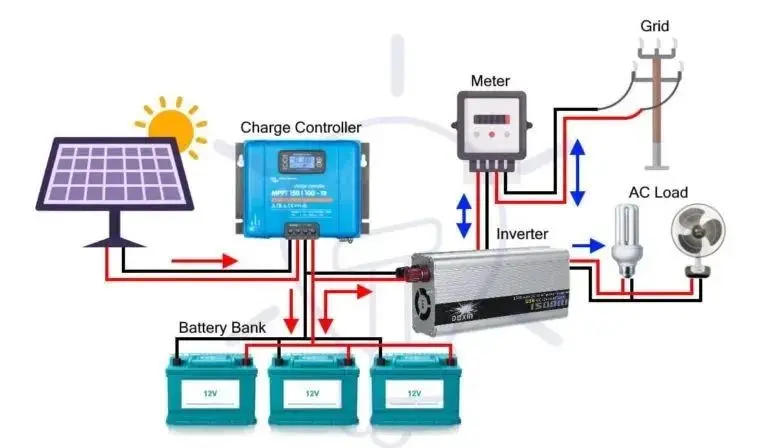
Dicas de instalação e segurança para um inversor de 1000 Watts
1. Guia passo a passo sobre como instalar um inversor de 1000 Watts
Installing a Inversor de 1000 watts involves several key steps to ensure safe and efficient operation. Follow this guide for a smooth installation process:
- Verificação de pré-instalação: Antes de começar, inspecione o inversor quanto a quaisquer danos que possam ter ocorrido durante o transporte. Isso garante que você esteja começando com uma unidade totalmente funcional.
- Escolha um local adequado: Select an installation site away from direct sunlight, heat sources, and moisture. The location should be well-ventilated to keep the inverter cool. Avoid placing it near other electronic devices to prevent interference. Ensure the site can support the inverter’s weight and allow enough space for ventilation and maintenance.
- Medidas de segurança elétrica: Cover the solar panels with opaque material before making any electrical connections or disconnecting the DC circuit breaker. This prevents dangerous voltages from being generated during installation.
- Monte o inversor: Fixe o inversor em uma superfície estável, como uma parede ou uma prateleira resistente. Certifique-se de que esteja alguns centímetros acima do solo para protegê-lo de possíveis danos causados pela água. Use ferramentas de montagem apropriadas para garantir que ele esteja preso com segurança.
- Conecte a bateria: Position the battery close to the inverter to minimize voltage drop. Use cables with appropriate gauges and sound insulation. Connect the battery’s positive terminal to the inverter’s positive input and the negative terminal to the negative input.
- Conecte os painéis solares (se aplicável): Se utilizar painéis solares, conecte-os ao inversor seguindo as instruções do fabricante. Certifique-se de que todas as conexões estejam firmes e seguras.
- Aterre o inversor: Proper grounding is essential for safety. Use a grounding wire to connect the inverter’s ground terminal to a suitable grounding point.
- Verificações finais: Before powering on, double-check all connections. Please ensure the wires are correctly and securely connected to prevent short circuits or other electrical issues.
2. Medidas de segurança, incluindo fiação adequada e prevenção de sobrecargas
Ensuring safety during and after the installation of your Inversor de 1000 watts is crucial. Here are some essential safety measures:
- Instalação Profissional: While it’s possible to install an inverter yourself, it’s advisable to hire a professional with experience in inverter installations. This minimizes risks and ensures that the installation meets all safety standards.
- Use cabos isolados: Use fios isolados padrão para evitar curtos-circuitos e possíveis riscos de incêndio. Os cabos devem ter a bitola correta para suportar a carga de energia.
- Manutenção regular: Conduct regular checks on the inverter and battery. Inspect the battery’s water level every three months and lubricate the terminals to prevent rust. Regularly clean the inverter and check the cooling fan to ensure it operates correctly.
- Evite sobrecarga: Não conecte aparelhos de alta carga, como refrigeradores ou motores, ao inversor. A sobrecarga pode danificar o inversor e potencialmente causar cortes de energia. Verifique sempre as especificações de potência dos aparelhos antes de conectá-los ao inversor.
- Monitore o consumo de energia estática: Be aware of the inverter’s static power consumption. For example, a low-frequency inverter typically consumes between 50 – 100W when idle, while a high-frequency pure sine wave inverter consumes around 8W. This knowledge helps manage battery life more effectively.
- Siga as orientações do fabricante: Read all instructions in the inverter’s manual. This helps maintain the inverter’s warranty and ensures it operates safely and efficiently.
- Ventilação adequada: Ensure the inverter’s location is well-ventilated to prevent overheating. High temperatures can reduce the inverter’s efficiency and lifespan.
- Precauções de emergência: Keep spare fuses handy. Having replacements on hand can reduce downtime in the event of a fuse blowing. Always disconnect the inverter from the power source before replacing any fuses.
- Inspeções Regulares: Regularly check all connections and terminals for signs of wear or damage. Replace any damaged wires immediately to maintain safe and efficient operation.
By following these steps and safety measures, you can ensure a successful installation and long-term operation of your Inversor de 1000 watts. A instalação e manutenção adequadas são fundamentais para maximizar o desempenho do inversor e garantir a segurança do seu sistema elétrico.
Conclusão
In conclusion, while a 100Ah lithium battery can run a 1000 watt inverter, it is essential to understand this setup’s limitations and practical applications. The battery can power the inverter for about an hour under ideal conditions, making it suitable for short-term or emergency use. Regular maintenance and proper installation are crucial for safe and efficient operation. By considering factors like inverter efficiency and actual power needs, users can maximize the performance of their 100Ah lithium battery with a 1000 watt inverter, ensuring reliable power whenever and wherever it is needed.


